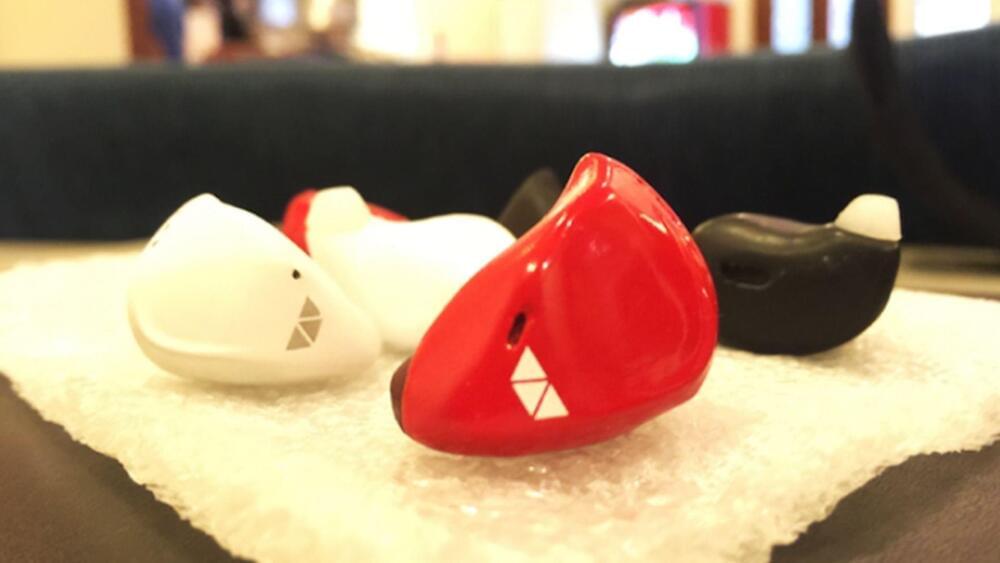AI is overwhelming the internet’s capacity for scale.
The problem, in extremely broad strokes, is this. Years ago, the web used to be a place where individuals made things. They made homepages, forums, and mailing lists, and a small bit of money with it. Then companies decided they could do things better. They created slick and feature-rich platforms and threw their doors open for anyone to join. They put boxes in front of us, and we filled those boxes with text and images, and people came to see the content of those boxes. The companies chased scale, because once enough people gather anywhere, there’s usually a way to make money off them. But AI changes these assumptions.
Given money and compute, AI systems — particularly the generative models currently in vogue — scale effortlessly. They produce text and images in abundance, and soon, music and video, too. Their output can potentially overrun or outcompete the platforms we rely on for news, information, and entertainment. But the quality of these systems is often poor, and they’re built in a way that is parasitical on the web today. These models are trained on strata of data laid down during the last web-age, which they recreate imperfectly. Companies scrape information from the open web and refine it into machine-generated content that’s cheap to generate but less reliable. This product then competes for attention with the platforms and people that came before them. Sites and users are reckoning with these changes, trying to decide how to adapt and if they even can.






